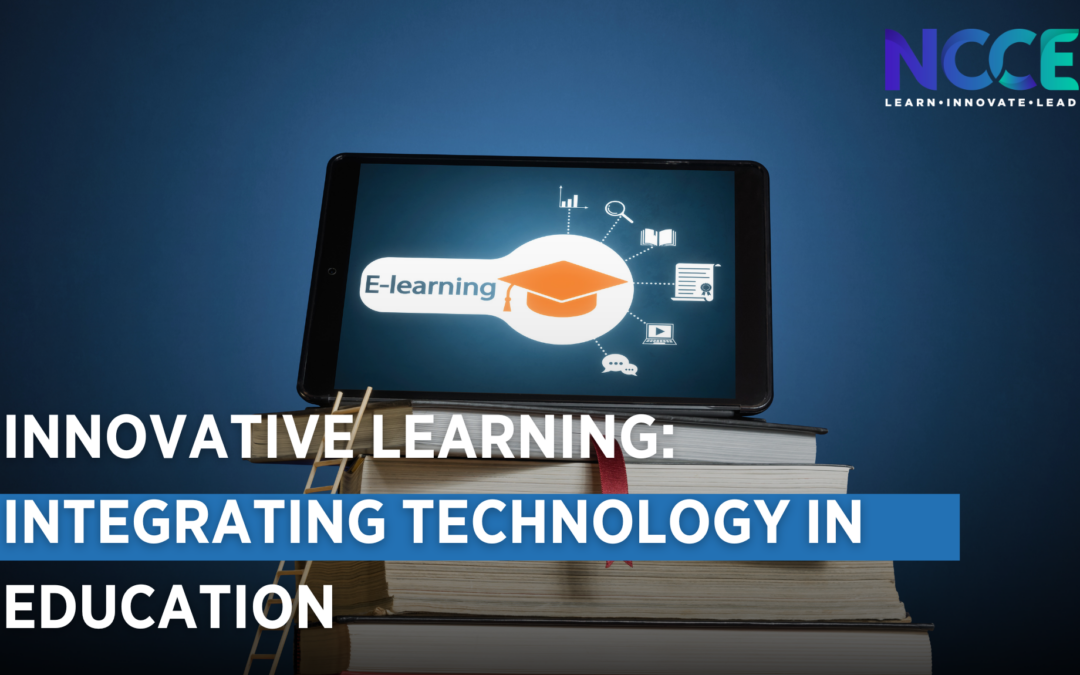Today, technology permeates every aspect of our lives, and education is no exception. Gone are the days of traditional chalkboards and textbooks as the primary learning tools. Instead, smartphones, tablets, and computers are ubiquitous elements in both students’ and teachers’ daily routines. At NCCE (Northwest Council for Computer Education), we believe this shift towards technology-driven education opens up possibilities, revolutionizing how we teach and learn.
The Importance of Technology in Education
Technology provides instant accessibility to information, making it an invaluable resource in the classroom. Integrating technology into education creates opportunities for interactive and engaging learning experiences. Whether it’s through virtual classrooms, educational apps, or multimedia presentations, technology enables students to actively participate in their learning journey.
What Does Technology Integration Mean in Education?
At its core, technology integration in education refers to leveraging technological tools to enhance the learning process. It’s about going beyond traditional teaching methods to create dynamic and personalized learning environments. By incorporating various forms of technology, such as interactive whiteboards, educational software, and online resources, educators can cater to diverse learning styles and individual needs within the classroom.
How to Integrate Technology in the Classroom
Contrary to common belief, technology integration doesn’t have to financially burden schools. Students don’t necessarily need their own devices to benefit from technology-enhanced learning. Simple yet effective strategies, such as PowerPoint presentations, educational games, internet-based assignments, and online grading systems, can significantly enhance student engagement and academic growth.
Enhancing Learning Through Technology: Practical Strategies
- Interactive Learning Platforms: Utilize online platforms that offer interactive lessons, quizzes, and activities to keep students engaged and motivated.
- Digital Resources: Explore a wealth of digital resources, including e-books, educational videos, and simulations, to supplement traditional teaching materials and provide hands-on learning experiences.
- Collaborative Tools: Foster student collaboration and communication through collaborative tools such as Google Classroom, Microsoft Teams, or interactive whiteboard apps.
- Flipped Classroom Approach: Flip the traditional classroom model by assigning lectures and instructional materials for students to review at home, allowing valuable class time to be spent on interactive discussions and activities.
- Personalized Learning: Leverage adaptive learning technologies and educational software that tailor instruction to individual student needs, providing targeted support and scaffolding.
At NCCE, we’re committed to empowering educators with the tools and resources they need to effectively integrate technology into their classrooms. From professional development workshops to cutting-edge educational technology solutions, we’re here to support your journey toward innovative learning.
For more information on how NCCE can help enhance your educational practices through technology, please visit our website or contact us today. Together, let’s embrace the future of education and unlock the full potential of every student.

